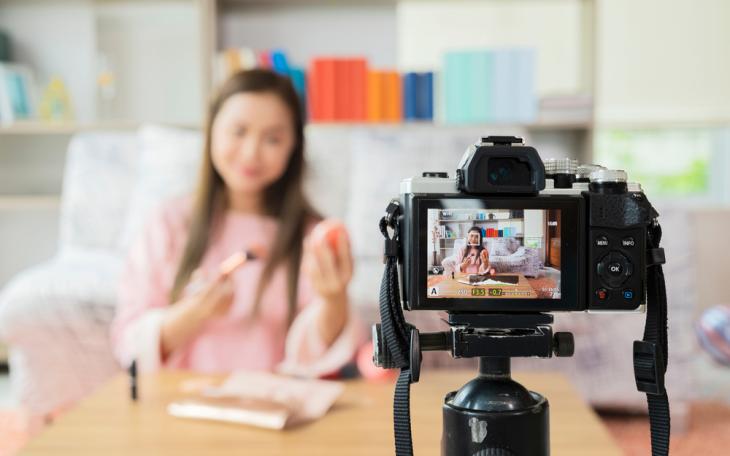Influencing legislation: what this week’s inquiry report means for content creation

By Laura Sears
Influencer culture is reshaping the media landscape both on and offline, in an industry estimated to be worth $13.6bn.
The portrayal of influencers in the media often features stereotypical tropes on how they work and make money. Though influencers are shaping many of today’s business commerce conversations, it took a long time for people to take them seriously, despite monetisation of online content creation dating back nearly 15 years.
The sector’s rapid expansion has vastly outpaced that of regulation. Behind the (perceived) glamour, the sector is beset by issues of diversity, pay disparity and a lack of protection. MPs in the UK have been honest about their lack of knowledge on the sector resulting in a shortfall of effective regulation. It’s this absence of insight that led to a formal inquiry on influencer marketing and its power, and the publication of a report this week on its findings.
Sara McCorquodale, founder of the influencer intelligence platform CORQ, was involved in the development of the report and, at a recent briefing, pinpointed three key takeaways:
- There is a severe lack of support to safeguard child creators, with no laws on the hours they can work to create content and no formal protection of their earnings.
- Compliance with ASA CAP Codes, which are designed to illustrate when content is paid for, is low (research within the report showed that more than three-quarters of influencers “buried their disclosures within their posts”) and the regulations currently in place are often ineffective.
- Creators face much abuse, discrimination, and exploitation with very little support for reporting or provision of care.
The committee involved in the inquiry proposed changes to current regulations to combat these issues, including granting the Advertising Standards Authority (ASA) greater powers to enforce the UK Code of Non-broadcast Advertising and Direct & Promotional Marketing, or CAP Codes, and the introduction of mass monitoring technology to check for compliance.
Additionally, it suggested lifting the editorial control definition that is currently a condition for content to be described as an ‘#ad’ – moving forward it was suggested that, if a product was gifted or a financial transaction occurred, the post would be considered advertising, full stop.
The report also proposed new legislation for safeguarding creators. For minors, this included a definition of how many hours can be spent producing content, conditions of the type of content that they can release, greater protection of earnings, and a right to content erasure.
The online safety bill, which is already in effect, would also have clauses added detailing easier ways to report harassment to Ofcom, which would also need to develop new methods to tackle such issues.
While the report focused a lot on content creators themselves, it also provided some insight on the external perception of influencer marketing and the need for safeguarding consumers.
It recommends that the CAP Code is updated to include children, who have far greater access to social media than any generation before them, with enhanced disclosure standards on content aimed at younger people.
It also suggested that online media literacy guidance should include support on navigating influencer culture, providing support to parents and children on how to spot what is and isn’t real (beauty filters, anyone?).
While there were some noteworthy findings from the inquiry’s report, the committee’s recommendations are still, at this stage, just that - nothing put forward will come into effect just yet. In such a fast-moving industry, it’ll be interesting to see how quickly legislation is put into place, and whether it’ll still be effective by the time it does.









